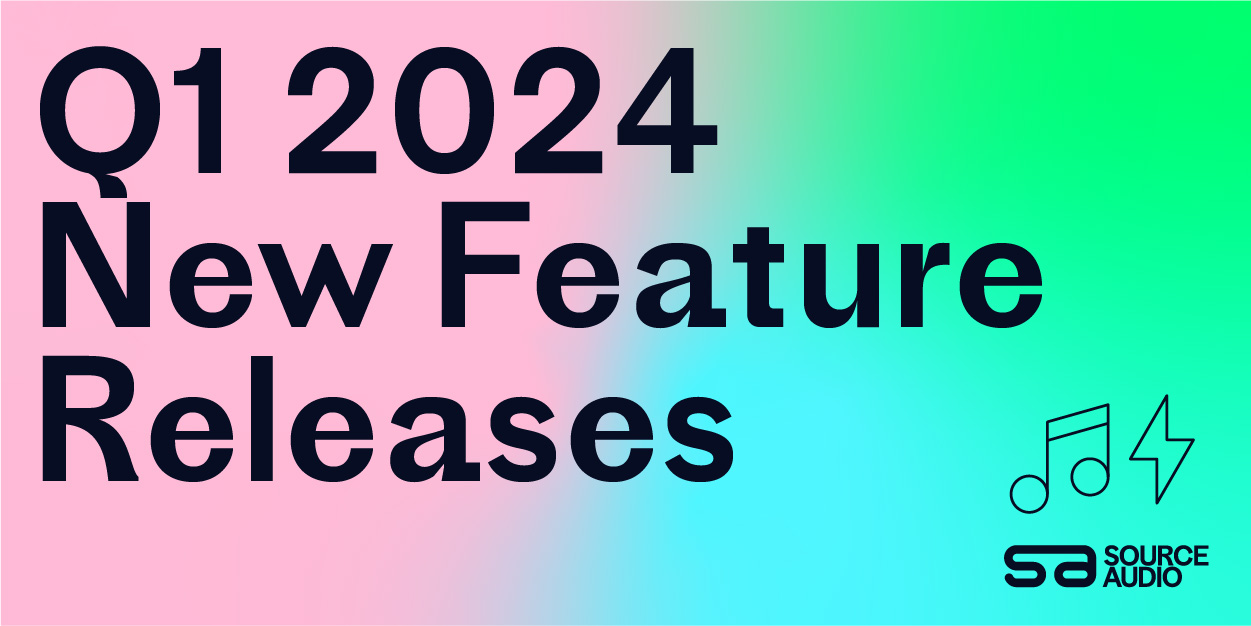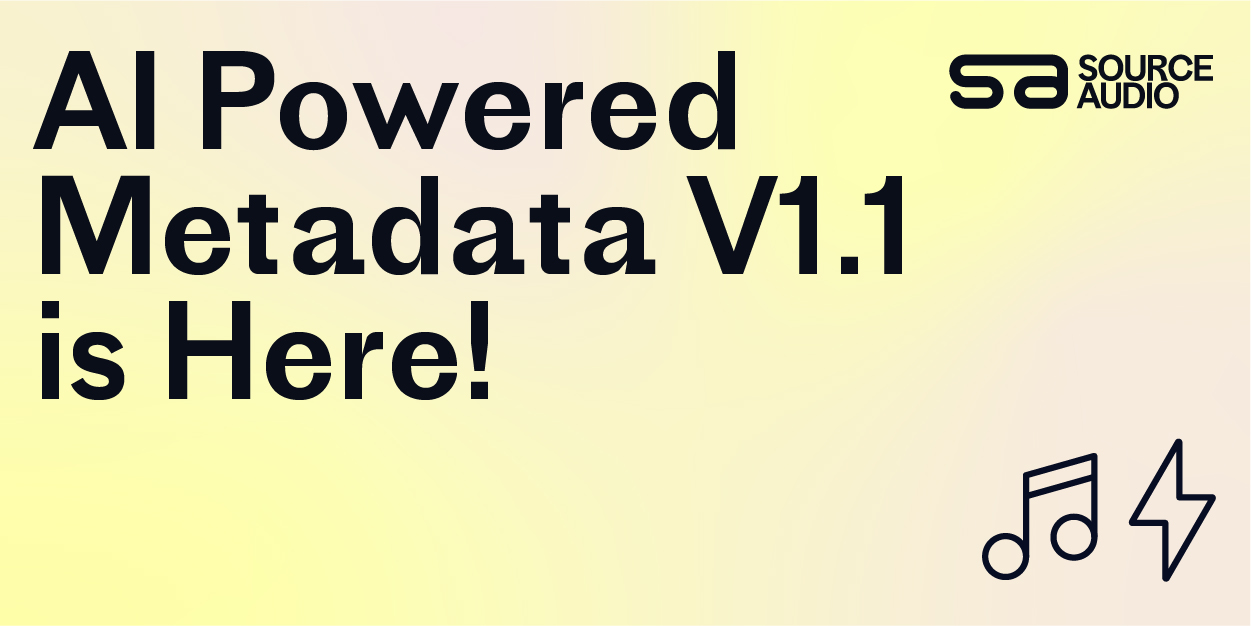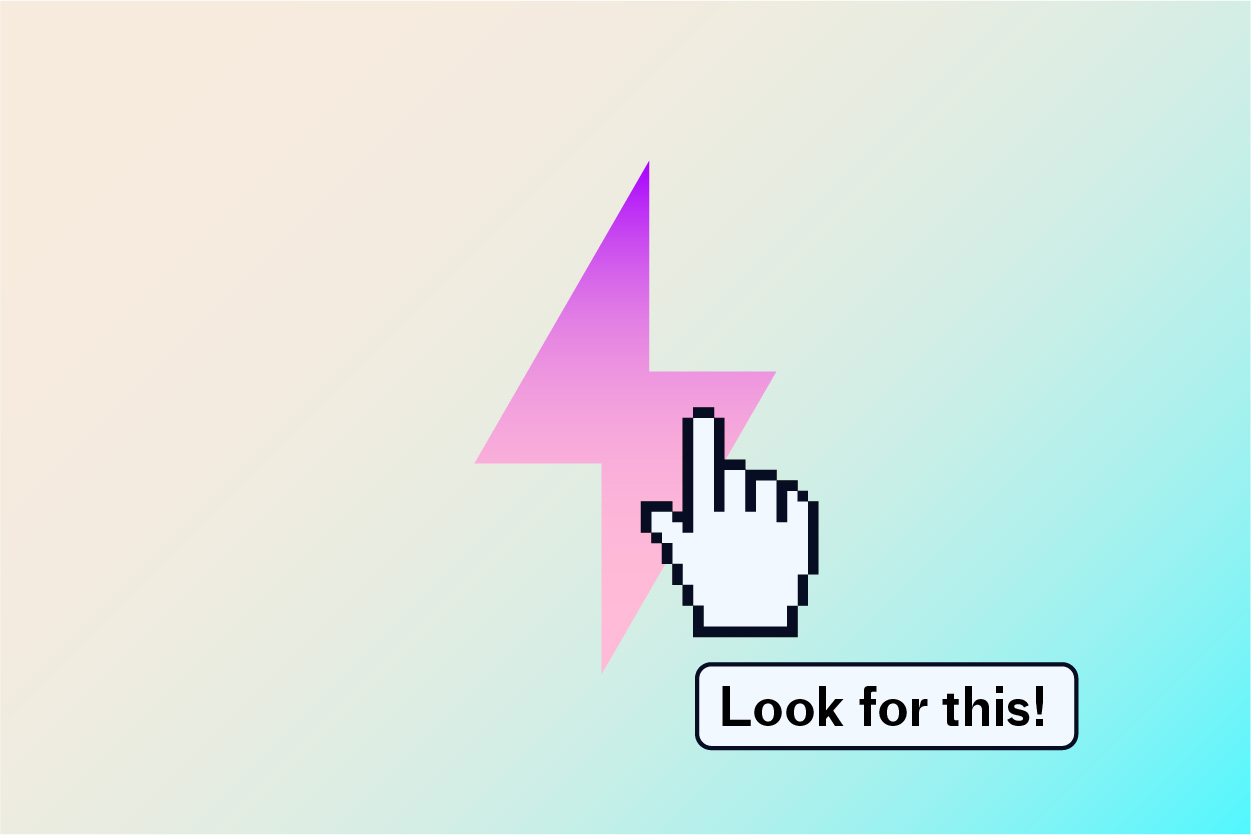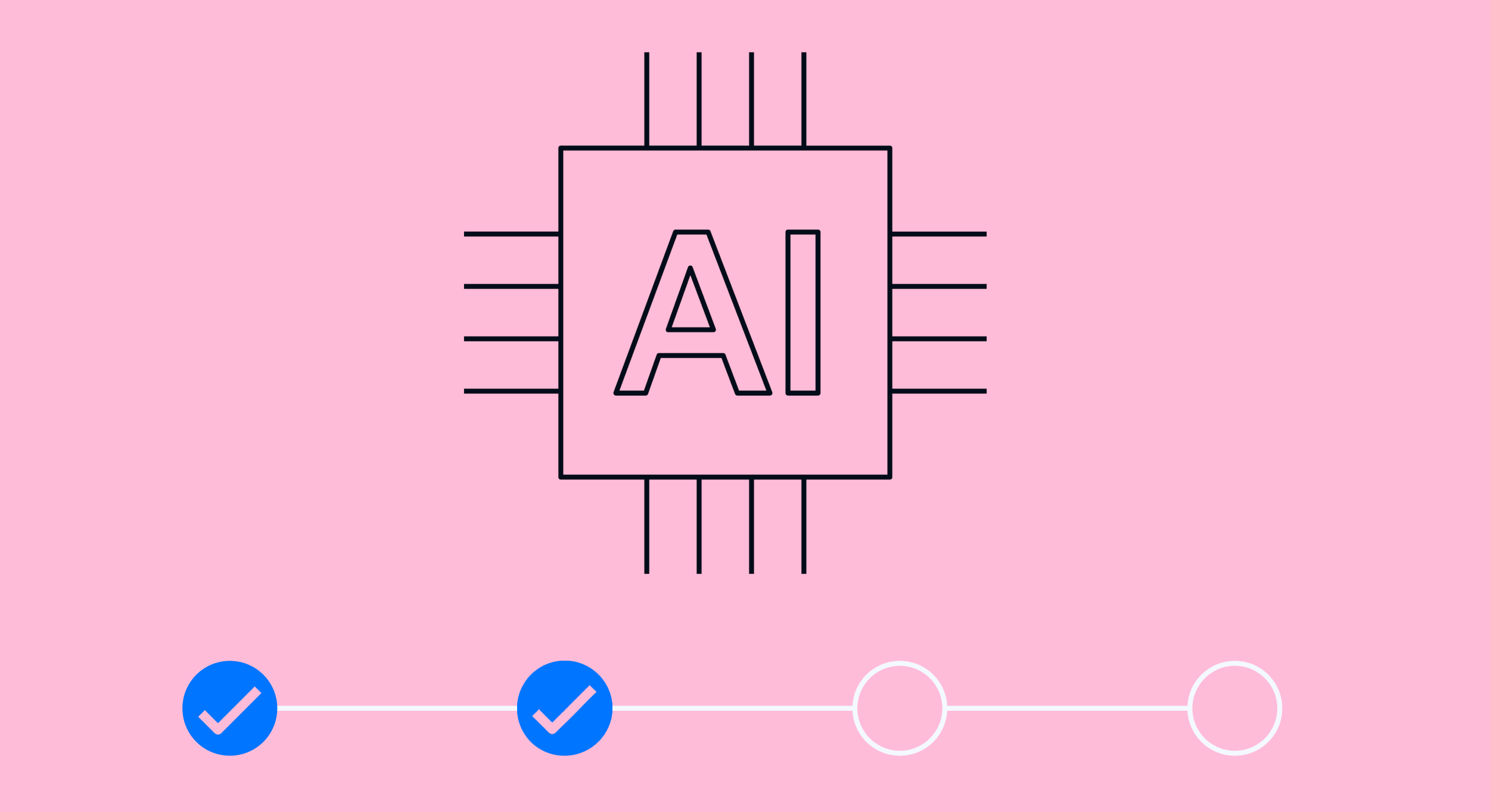Audio Production Essentials: How to Mix Sub Bass
By SourceAudio | Updated June 17, 2022
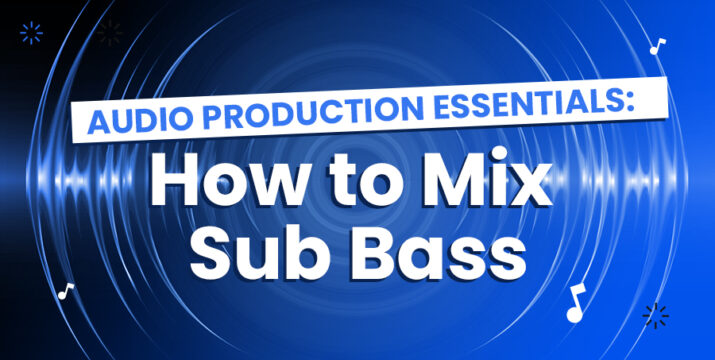
Good sub bass should be felt more than it is heard.
Across different genres, sub bass can play any type of role in the mix – it could be a subtle touch in the background or front and center as the main attraction.
Sub bass refers only to the very lowest frequencies, from about 60 hertz to the very lowest frequencies down at about 20 hz.
Every mix keeps in mind the speakers which will be used to listen to the finished track, and mixing sub-bass is no different. Obviously your work in the bottom-end is only going to shine on a capable sound system, so keep your expectations realistic and pragmatic as you’re testing on different systems.
The real trick to mixing sub bass is keeping it simple. There shouldn’t be a need for much if any processing on your sub bass other than EQ since the effect is felt, not heard, and additional processing would only water if down.
The central point of mixing your sub bass, after you have a good tone out of your instrument, is the importance of creating space for the sub bass to sound in the mix without interference from any other sounds. You can use a graphic EQ to see exactly what’s going on if you can’t hear everything.
This process shouldn’t be made complicated. Use a high pass filter to take out the lows of your other instruments, balanced with a low pass on your sub bass sound. From there, it’s up to you where in the frequency range you want to place the most emphasis (volume) in your mix while maintaining proper gain staging.
You can layer various sounds across the frequency spectrum to complement one another, but as with any sound you want to hit hard, powerful sub bass depends on having its own space to breathe.
Follow this tried and true bit of wisdom when mixing your sub bass, and you’ll be shaking the theater in style.

Self-Serve AI Metadata Tagging is Here, and Your First 20 Songs are Free!
Unleash the Power of AI Tagging Inside Your SourceAudio Admin Panel Our new AI tagging delivers unmatched quality, value, and performance. And, when you tag a song with our AI, all future upgrades and updates flow your way automatic...[ READ MORE ]

Trends, Highlights, & Insights from 2023! Plus, a look ahead at 2024...
From our dedicated team to you and yours, we wish you all the best in this New Year and want you to know we are more energized than ever to deliver on our mission and roadmap to help you grow in 2024 and beyond!...[ READ MORE ]

